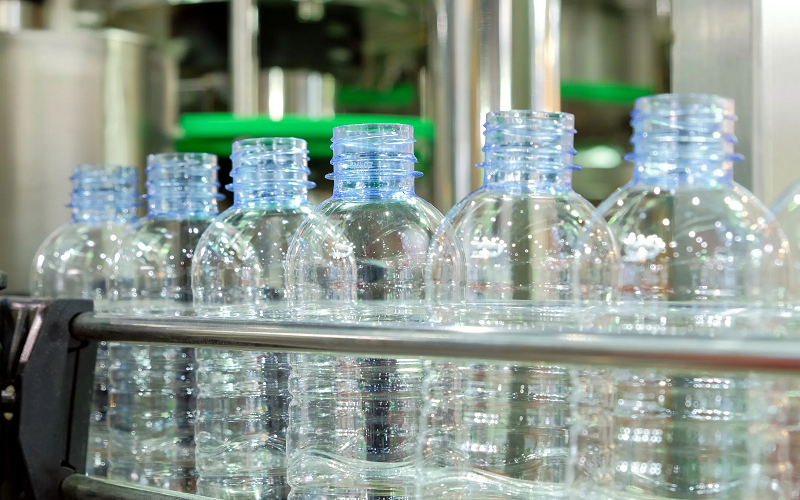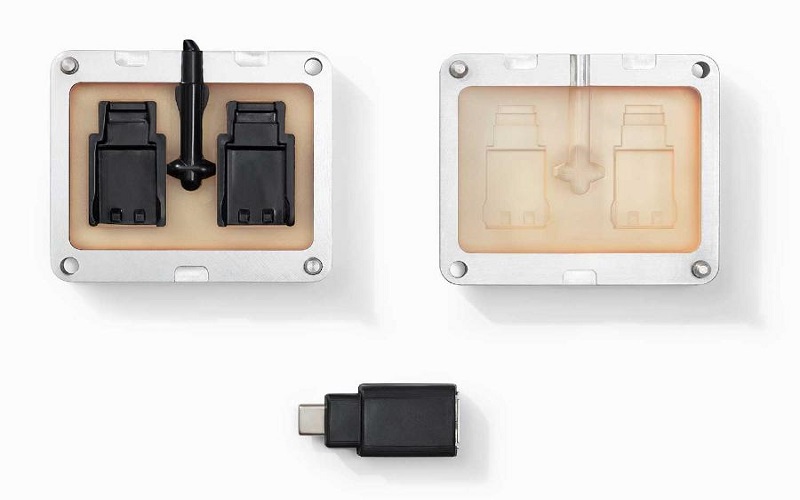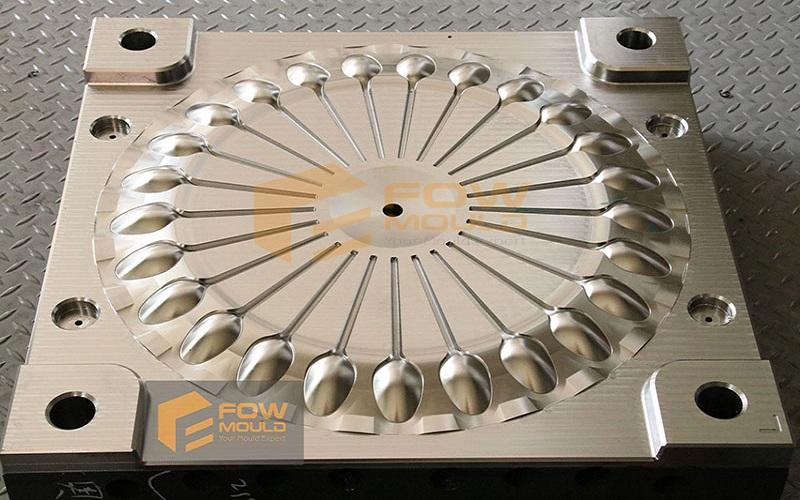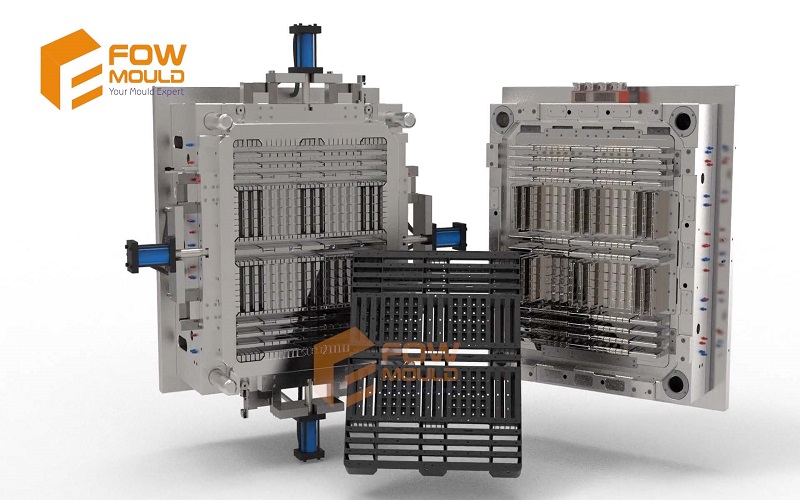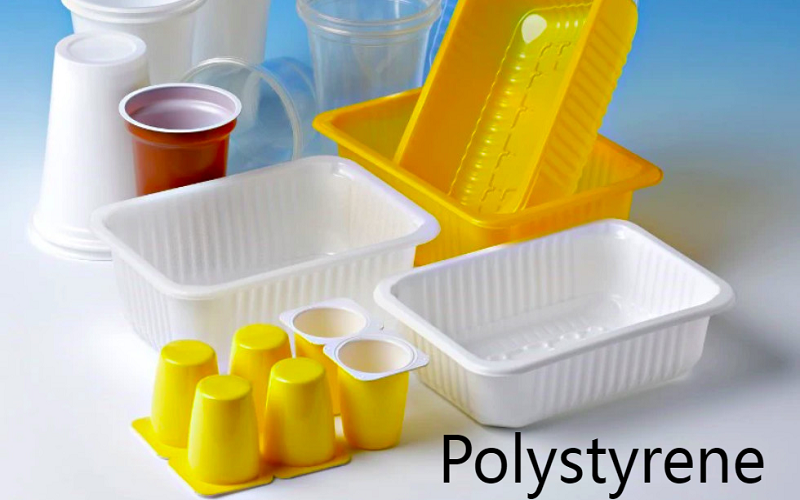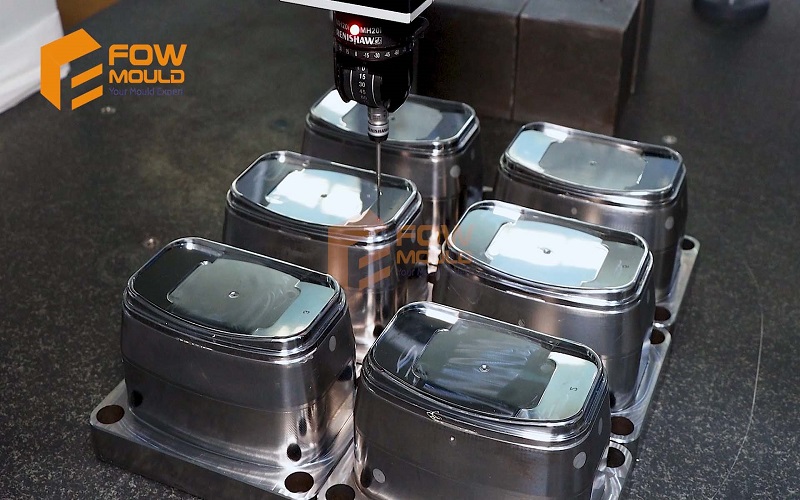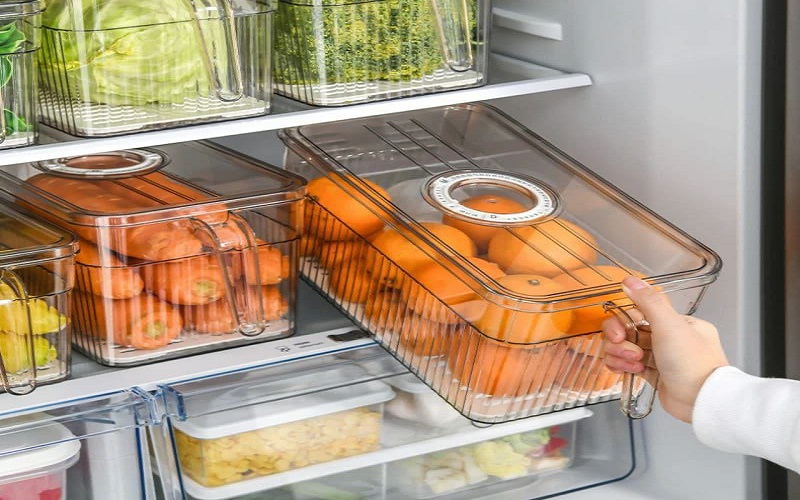
PVC Injection Molding
- Home
- > Blog
Share :
Share :
Polyvinyl chloride (PVC), due to its low cost, excellent performance, and versatility, is one of the most commonly used thermoplastics in injection molding.
The Goodrich Company was the original producer of PVC in the 1920s, playing a key historical role in the commercial development of PVC as a versatile plastic material.
Through the injection molding process, PVC can be shaped into high-precision, complex components, widely applied in different industries such as construction, electrical, medical, consumer goods, and packaging.
Its corrosion resistance, insulation properties, and high customizability make it a cornerstone of modern manufacturing, with the manufacturing process of PVC injection molding providing cost-effective and durable solutions for various applications.
In this article, we will delve into the popular process of PVC injection molding, thoroughly exploring its characteristics, influencing factors, and extensive applications, guiding readers to a comprehensive understanding of the principles and value of this technology.
What Is Polyvinyl Chloride (PVC)?
Polyvinyl chloride (PVC) is a highly versatile thermoplastic material that plays a crucial role in the injection molding process.
Renowned for its excellent chemical resistance, durability, and cost effectiveness, PVC is a preferred choice across various industries, including construction, automotive, healthcare, and consumer goods.
There are two primary types of polyvinyl chloride: flexible PVC and rigid PVC. Flexible PVC contains added plasticizers, giving it superior elasticity and making it ideal for applications requiring bendability, such as electrical wires and medical tubing.
In contrast, rigid PVC is dense, hard, and impact resistant, making it suitable for robust products like pipes, window profiles, and vinyl siding. The unique properties of polyvinyl chloride PVC—such as its resistance to chemicals, weathering, and impact—make it an outstanding material for the molding process.
Understanding the differences between flexible and rigid PVC, as well as their respective advantages, is essential for optimizing the molding process and achieving high-quality, reliable products in a wide range of applications.
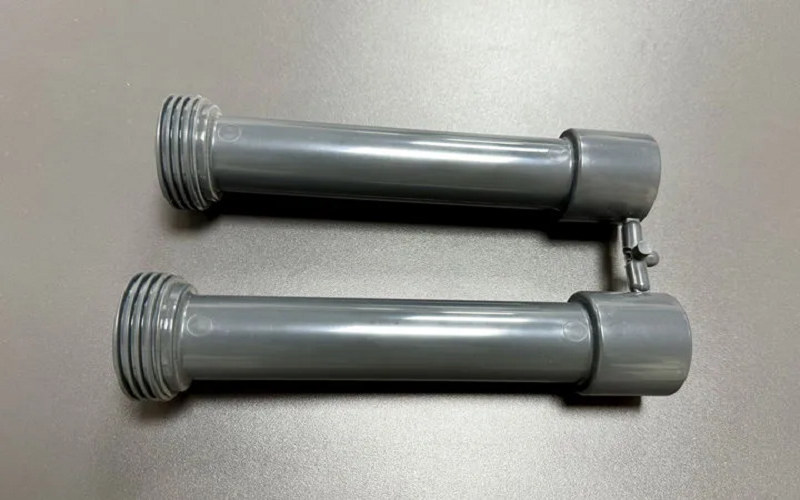
Material Properties Of PVC Plastic
PVC’s material properties can be tailored through additives, resulting in a wide range of performance characteristics. Below is a concise overview of the key material properties of PVC:
1. Mechanical Properties
Polyvinyl Chloride exhibits excellent dimensional stability, maintaining precise shape and size even in humid or fluctuating temperature conditions, ensuring long-term reliability of components
Rigid PVC has excellent mechanical properties, including high tensile strength (approximately 40–60 MPa), bending strength, compressive strength, and good impact resistance, making it widely used as an independent structural material in areas such as pipes, profiles, and building components.
In contrast, Flexible PVC significantly enhances flexibility, elongation at break, and low-temperature resistance through the addition of plasticisers, making it suitable for applications requiring elasticity, such as hoses and cable insulation layers.
However, the addition of plasticisers reduces brittleness, hardness, and tensile strength, limiting its use in high-strength structural applications.
2. Thermal Properties
Due to the poor thermal stability of pvc material, prolonged heating can cause decomposition, releasing hydrochloric acid and leading to discoloration, with an application temperature range typically between -15°C and 55°C.
The melting point of PVC is critical in the injection molding process, requiring precise temperature control to ensure material flowability and avoid defects. During injection molding, PVC pellets are heated to a liquid state for easy molding.
PVC has low thermal conductivity (approximately 0.14–0.17 W/m·K), making it suitable for cable insulation, but its poor heat resistance limits its use in high temperature applications, despite its flame-retardant and self-extinguishing properties.
3. Chemical and Environmental Properties
PVC exhibits excellent resistance to acids, alkalis, salts, and most chemicals, making it highly suitable for use in plumbing systems, chemical storage, and outdoor applications.
Unmodified PVC degrades under prolonged exposure to ultraviolet (UV) light, but the addition of UV stabilisers enhances its weather resistance, making it suitable for outdoor environments (e.g., window frames).
Since PVC can absorb moisture during storage, it may need drying before it’s packed or further processed.
4. Electrical Properties
PVC has a high dielectric strength (~14–20 kV/mm) and low electrical conductivity, making it excellent for cable insulation and electrical housings.
PVC is inherently flame resistant and self-extinguishing due to its chlorine content, making it suitable for applications where fire safety is a concern. Specialized grades can meet stringent fire safety standards (e.g., UL94 V-0 rating).
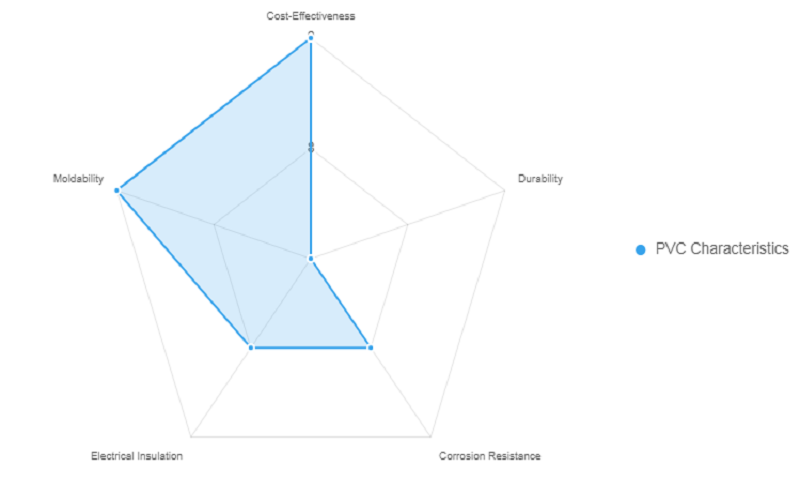
Advantages Of PVC Injection Molding
PVC injection molding offers a range of compelling advantages, making it a preferred manufacturing process for producing high-quality, cost-effective components across various industries. Below are the key benefits of using PVC in injection molding, highlighting its versatility and efficiency.
Versatility
PVC can be easily molded into a variety of items,This includes everything from soft toys that require flexibility to rigid and robust structures like pipes.Another dimension of its versatility is its ability to be dyed in any desired color, allowing for a wide range of aesthetic choices and applications.
Cost-Effectiveness
PVC serves as a cost-effective alternative to other materials in injection molding, particularly in high-volume production where economies of scale significantly reduce costs. Its efficient processing minimizes material waste, further enhancing affordability while maintaining quality and performance across diverse applications.
Durability
Products made from injection molded PVC are known for their resilience. They exhibit strong resistance against corrosive elements, degradation from chemicals, and the effects of weathering. As a result, PVC products often promise long-term functionality and reliability.
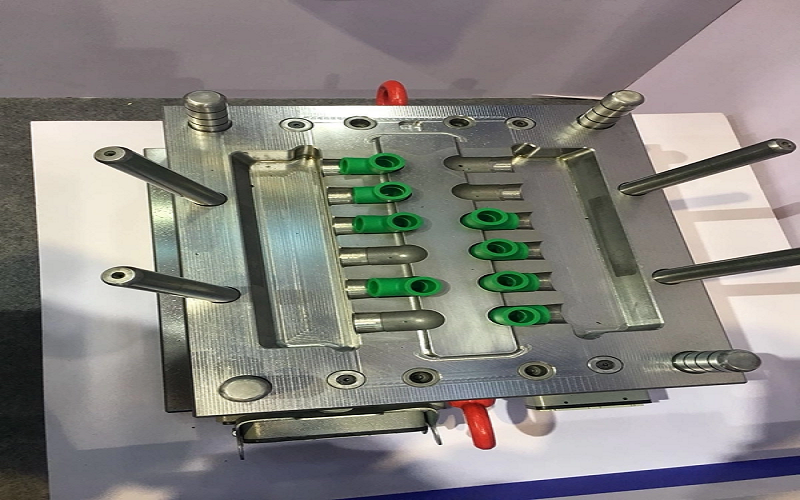
Disadvantages Of PVC Injection Molding
Apart from these advantages, there are also some disadvantages that come with the manufacture and decomposition of polyvinyl chloride.
Environmental Concerns
When burned, PVC can release dioxins and chlorine, harmful to both the environment and human health.Moreover, injection-molded products using polyvinyl chloride are not easily biodegradable, leading to the growing problem of plastic waste.
Potential Health Risks
In general, PVC contains additives such as phthalates, which can be dangerous to human health during the injection molding process, especially when used in contact with food or the body.
Temperature Sensitivity
During the injection molding process, excessively high processing temperatures can accelerate the degradation of PVC, leading to the release of harmful gases that may pose a danger to the machinery.
Corrosive compounds might corrode or damage certain parts of the injection molding machine, resulting in potential malfunctions and increased maintenance costs.
Parameter Settings In the PVC Injection Molding Process
The PVC injection molding process requires precise control of key parameters, including the injection molding machine, temperature, pressure, and injection speed, to ensure high-quality products.
Injection Molding Machine
PVC’s unique properties necessitate a screw-type injection molding machine with a screw length-to-diameter ratio of 20:1 and a compression ratio of 1:1.2 to 1:1.6. Screw speed should be maintained between 50–70 rpm to prevent excessive shear heat, which can degrade PVC and produce water or carbon dioxide.
Temperature Control
The molding temperature should range from 160–190°C, not exceeding 200°C to avoid degradation. Barrel temperature is set in a stepwise manner, with the nozzle 10–20°C cooler than the barrel’s end.
Mold temperature should be kept below 40°C, ideally using cooling water, due to PVC’s low heat deflection temperature.
Injection Pressure
For PVC injection molding, maintaining a minimal back pressure ranging from 50 to 125 psi is recommended. Sufficient backpressure facilitates the smooth flow of molten PVC into the mold, and keeping backpressure within the recommended limits helps minimize the overall molding process time.
Injection Speed
A moderate injection speed is recommended to reduce temperature fluctuations, minimize shrinkage marks, and improve weld lines. However, excessively high speeds can cause poor venting, increased frictional heat, and potential burning or color changes in the plastic.
By carefully optimizing these parameters, PVC injection molding can produce consistent, high-quality components with minimal defects.
Processing Temperature Of PVC Injection Molding | |
Chemical Formula | (C2H3Cl)n |
Melting temperature | 320-428°F |
Mold temperature | 68-158°F |
Melt Temperature | 212 – 500 °F (100 – 260°C) |
Heat Deflection Temperature (HDT) | 92 °C (198 °F) |
Applications of Injection Molding PVC
PVC plastic is one of the most widely used thermoplastics in injection molding due to its versatility, cost-effectiveness, and excellent mechanical properties. Injection molding PVC is employed across various industries to create precise, durable, and complex components.
Below are some key applications of injection molding PVC, highlighting its significance in modern manufacturing.
1.Construction Materials
Injection-molded PVC is widely utilized in plumbing systems for residential, commercial, and industrial applications, producing components such as elbows, tees, couplings, and valve bodies.
Its corrosion resistance, durability, and ability to withstand high-pressure water flow make it ideal for water supply lines, drainage systems, and sewage applications.
The precision of injection molding ensures tight tolerances, resulting in leak-proof connections that enhance the reliability and longevity of these systems.
2.Electrical and Electronic Components
PVC’s excellent electrical insulation properties and flame-retardant grades make it a preferred material for injection-molded components in the electrical and electronics industries, enhancing safety in high-voltage applications.
It is commonly used to produce cable insulation, wire coatings, housings for electrical connectors and switches, as well as junction boxes, conduit fittings, and switchgear components, ensuring reliable performance and durability.
3. Medical Devices and Equipment
In the medical field, injection-molded PVC is used to manufacture a wide range of disposable and reusable devices due to its biocompatibility (when formulated appropriately), chemical resistance, and ease of sterilization.
The material’s clarity and ability to be molded into intricate shapes make it suitable for precision medical components,such as IV connectors, syringe components, catheter fittings, and medical tubing adapters.
4. Automotive Components
The automotive industry leverages injection-molded PVC for both interior and exterior components due to its durability, lightweight nature, and resistance to chemicals and weathering.
PVC parts are often used in dashboards, trim pieces, and under-the-hood components, where cost efficiency and performance are critical.
5. Household and Consumer Products
Injection-molded PVC is widely used in the production of consumer goods due to its affordability, versatility, and aesthetic flexibility, allowing it to be colored, textured, or finished to meet specific design requirements.
This makes it a popular choice for everyday household items such as storage containers, tool handles, toy components, and garden equipment parts, offering both functionality and customizable appeal.
6. Packaging Materials
PVC’s clarity, strength, and moldability make it an ideal material for injection-molded packaging components, such as bottle caps, cosmetic container lids, and tamper-evident seals, which require precision and durability.
Its versatility ensures reliable performance in the food, beverage, and cosmetics industries, where both functionality and aesthetic appeal are essential.
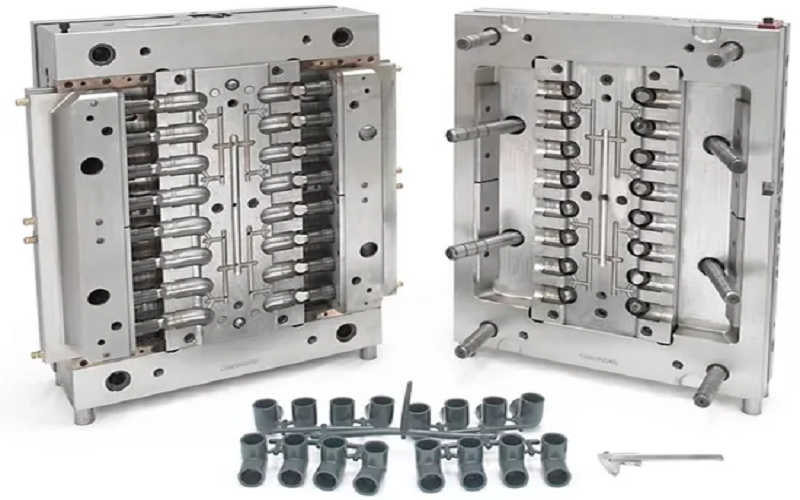
Troubleshooting Common Issues In PVC Injection Molding
Despite the many advantages of PVC injection molding, manufacturers may encounter common issues such as warping, sink marks, and short shots. These defects can affect both the structural integrity and the visual appeal of PVC parts.
Warping often results from uneven cooling or improper mold design, while sink marks typically occur in thicker sections due to insufficient packing or inadequate injection pressure.
Short shots, where the mold cavity is not completely filled, can be caused by low injection speed, poor material flow, or incorrect processing parameters.
To address these challenges, it is important to carefully analyze the root cause—whether it’s related to mold design, material properties, or the molding process itself.
Adjusting processing parameters such as injection speed, temperature, and pressure can help improve material flow and reduce defects.
Regular maintenance of the mold and molding equipment, along with precise control of the injection molding process, ensures consistent quality and minimizes the risk of surface defects or incomplete parts.
By proactively troubleshooting and optimizing each stage of the process, manufacturers can achieve high-quality PVC injection molded products with fewer rejects and greater production efficiency.
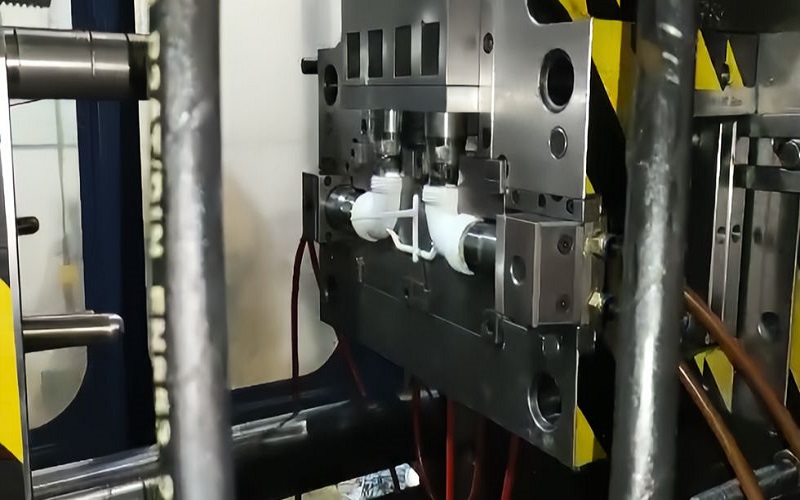
Comparison Of PVC With Other Plastics Injection Molding
When selecting materials for the injection molding process, it’s important to compare PVC with other commonly used thermoplastics such as polyethylene (PE), polypropylene (PP), and acrylonitrile butadiene styrene (ABS).
PVC stands out for its excellent chemical resistance, durability, and cost effectiveness, making it ideal for applications requiring long-term performance and resistance to harsh environments.
Unlike some other plastics, PVC offers inherent flame retardancy and superior resistance to weathering and corrosion. However, PVC can be more sensitive to high temperatures, and improper processing may lead to material degradation.
In contrast, materials like ABS provide better impact resistance and are often used for complex parts requiring high strength and aesthetic appeal.
The choice between PVC and other thermoplastics depends on the specific requirements of the application, including desired material properties, processing parameters, and cost considerations.
By understanding the strengths and limitations of each plastic, manufacturers can select the most suitable material for their next project, ensuring optimal performance and production efficiency.
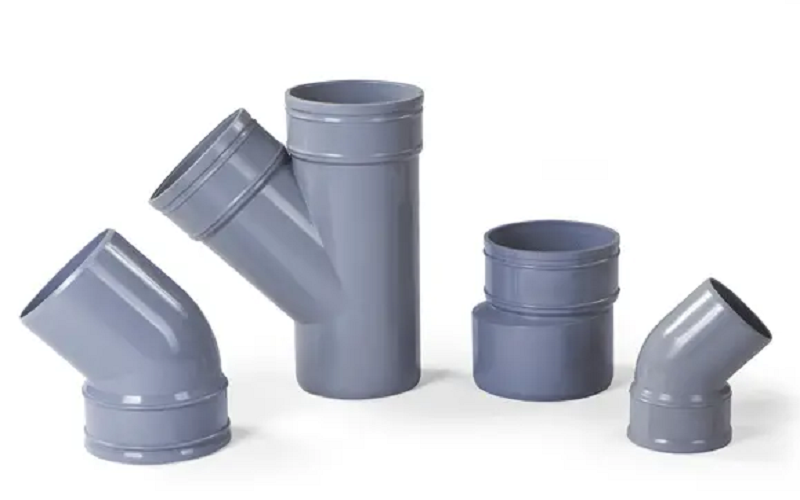
Conclusion
In conclusion, PVC injection molding is a highly efficient and versatile manufacturing process that leverages the material’s excellent properties, such as dimensional stability, corrosion resistance, and electrical insulation, to produce precise and durable components across industries.
Selecting the right grade of PVC—whether rigid, flexible, or modified—is critical to meeting specific application needs, from plumbing fittings to electrical housings.
Several factors, including precise temperature control (160–190°C), appropriate injection pressure (>90 MPa), and moderate screw speed (50–70 rpm), must be optimized to prevent degradation and ensure high-quality output.
By carefully managing these parameters and choosing the appropriate PVC formulation, manufacturers can achieve cost-effective, reliable, and high-performance products tailored to diverse demands.


